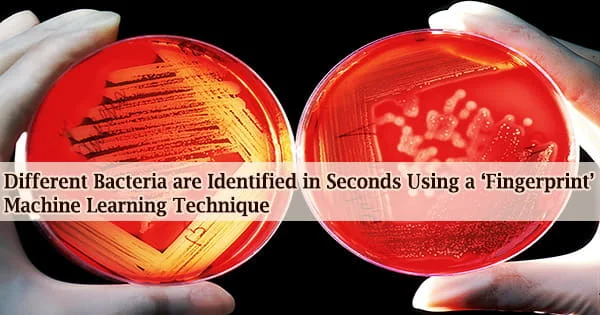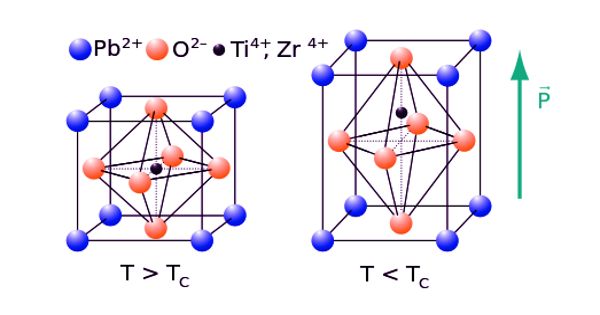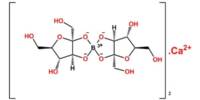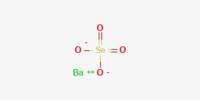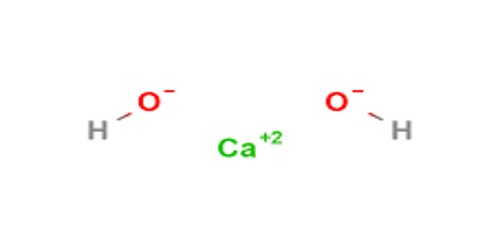Bacterial identification can take hours, if not days, to complete, wasting valuable time for diagnosing diseases and choosing treatments. According to KAIST experts, there may be a faster and more precise method.
The researchers were able to categorize bacteria in diverse environments with 98 percent accuracy by teaching a deep learning system to recognize the “fingerprint” spectra of the chemical components of individual bacteria.
Their findings were published online in Biosensors and Bioelectronics on Jan. 18 ahead of print in the journal’s April issue.
Bacteria-induced illnesses, such as those caused by direct bacterial infection or exposure to bacterial toxins, can cause painful symptoms and even death, so rapid detection of bacteria is essential for avoiding contaminated food consumption and diagnosing infections from clinical samples like urine.
Bacteria are single-celled organisms that can be found almost anywhere: on our hands, in the water, and in our gut. While some are dangerous to human health, the majority are not, and some are even beneficial. Humans and microbes often coexist in symbiosis, sustaining a mutually beneficial relationship without ever realizing it.
“By using surface-enhanced Raman spectroscopy (SERS) analysis boosted with a newly proposed deep learning model, we demonstrated a markedly simple, fast, and effective route to classify the signals of two common bacteria and their resident media without any separation procedures,” said Professor Sungho Jo from the School of Computing.
Moreover, strong signals of surrounding media are also enhanced to overwhelm target signals, requiring time-consuming and tedious bacterial separation steps.
Professor Yeon Sik Jung
Raman spectroscopy examines how light scatters through a substance. The spectral fingerprint reveals structural information about the sample, allowing researchers to identify its constituents. Sample cells are placed on noble metal nanostructures in the surface-enhanced version, which helps amplify the sample’s signals.
Due to various overlapping peak sources, such as proteins in cell walls, it is difficult to get consistent and unambiguous spectra of bacteria.
Because of its acceptability, dependability, high security level, and low cost, fingerprints are regarded a dominating biometric feature. Because of the enormous demand for fingerprint identification system deployments, several obstacles arise in each system’s phase, such as fingerprint image improvement, feature extraction, feature matching, and fingerprint classification.
“Moreover, strong signals of surrounding media are also enhanced to overwhelm target signals, requiring time-consuming and tedious bacterial separation steps,” said Professor Yeon Sik Jung from the Department of Materials Science and Engineering.
The researchers used deep learning, an artificial intelligence technology that can hierarchically extract particular elements of spectral information to classify data, to parse through the noisy signals.
Their approach, called the dual-branch wide-kernel network (DualWKNet), was created expressly to understand the link between spectral properties quickly. According to Professor Jo, this capacity is essential for interpreting one-dimensional spectral data.
“Despite having interfering signals or noise from the media, which make the general shapes of different bacterial spectra and their residing media signals look similar, high classification accuracies of bacterial types and their media were achieved,” Professor Jo said, explaining that DualWKNet allowed the team to identify key peaks in each class that were almost indiscernible in individual spectra, enhancing the classification accuracies.
“Ultimately, with the use of DualWKNet replacing the bacteria and media separation steps, our method dramatically reduces analysis time.”
The researchers intend to use their platform to investigate more bacteria and media kinds, then use the data to create a training data library of numerous bacterial varieties in more medium to reduce the time it takes to collect and detect new samples.
“We developed a meaningful universal platform for rapid bacterial detection with the collaboration between SERS and deep learning,” Professor Jo said. “We hope to extend the use of our deep learning-based SERS analysis platform to detect numerous types of bacteria in additional media that are important for food or clinical analysis, such as blood.”
This research was supported by the National R&D Program, which was funded by the Ministry of Science and ICT through a National Research Foundation of Korea grant.
